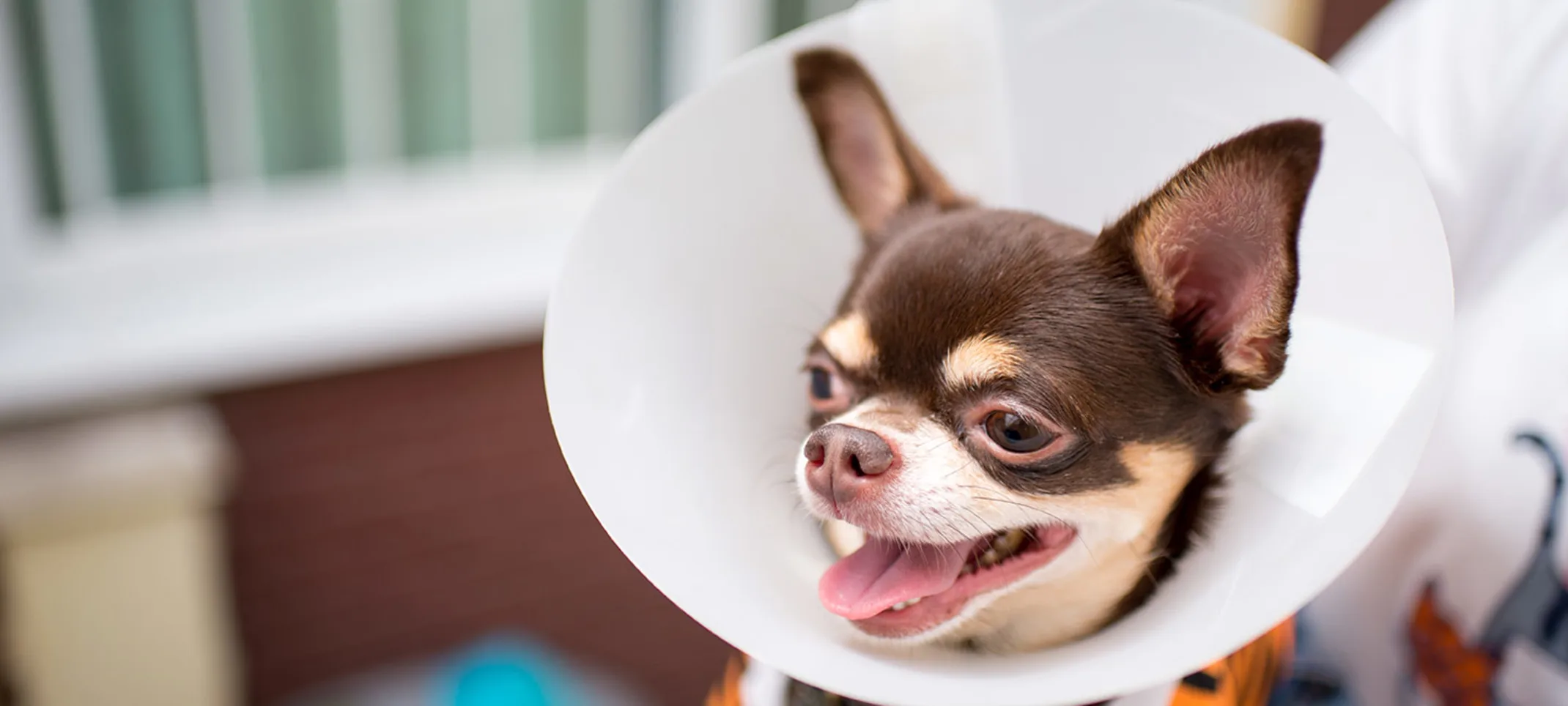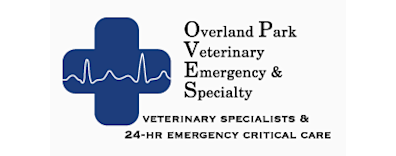Overland Park Veterinary Emergency and Specialty
Anesthesia & Pain Management
Our Anesthesia & Pain Management service is directed by Dr. Charlotte Marquis, BVM&S (Hons.), MRCVS, a board-certified diplomate of the American College of Veterinary Anesthesia & Analgesia (DACVAA).

Overview
Our service provides sedation, general and local anesthesia, and pain management consultations to all clinical sections our of hospital. Our anesthesiologist also participates in the education of the referring veterinary community, and is available for remote consults if you require advice. If you have a question for our anesthesiologist, please call us at (913) 361-3800 or Contact Us.
What are the typical reasons for anesthesia?
Anesthesia is a combination of unconsciousness, analgesia (pain relief) and muscle relaxation. Sedation and general anesthesia allow us to perform procedures such as imaging (CT, MRI, radiographs) or surgery without undue fear, anxiety and stress for your pet. Before your pet is anesthetized, we will perform a physical exam to assess your pet’s health and learn more about their temperament. Bloodwork will sometimes be recommended so we can best assess your pet’s overall health status prior to anesthesia. Our anesthesiologist will then tailor an anesthetic protocol that is customized to your pet’s needs.
General anesthesia is achieved in several steps: pre-medication, induction, maintenance, and recovery. Injectable medications such as alpha-2 agonists, opioids, benzodiazepines, and dissociative anesthetics might be used to help your pet fall asleep. Inhalant or injectable anesthesia will be used to keep your pet unconscious while imaging or surgery happens. Adjunctive therapies such as locoregional anesthesia or anti-emetics may be used to help your pet feel more comfortable. During anesthesia, your pet will be vigilantly monitored using equipment similar to that used for human anesthetic care! Our monitoring techniques include:
electrocardiography (ECG)
pulse oximetry (Spo2)
end tidal capnography (ETCO2)
mechanical ventilation
oscillometric and arterial blood pressure measurement
central venous pressure
pulse waveform analysis
point of care ultrasound (aFAST, tFAST)
assessment of your pet’s depth of anesthesia
assessment of your pet’s comfort level before, during and after the procedure
After the procedure is over, your pet will be transferred to our recovery area, where they will be monitored by our anesthesia-trained technicians and anesthesiologist. Whether your pet is here for an elective or emergent procedure, you can feel confident that they are receiving the gold-standard in veterinary anesthetic care from the time that they arrive until the moment they leave.
What services we offer:
At MVES/OPVES, pain management is a priority! We are proud to offer the following services to in-hospital patients and the referring veterinary community:
ultrasound and nerve stimulator-guided nerve blocks
diagnostic nerve blocks
lumbosacral and sacroccygeal epidurals
epidural catheter placement
conventional pain-relief medications such as non-steroidal anti-inflammatory drugs (NSAIDs) and gabapentinoids
complimentary therapies such as anti-emetics, phenothiazines, NMDA antagonists and behavior modifying drugs
remote anesthesia & pain management consults by phone or email
